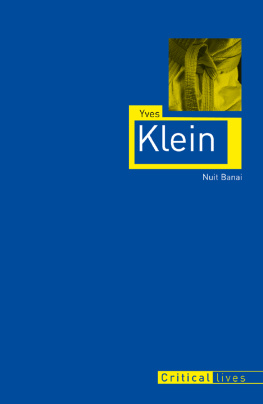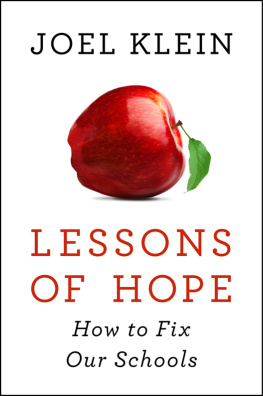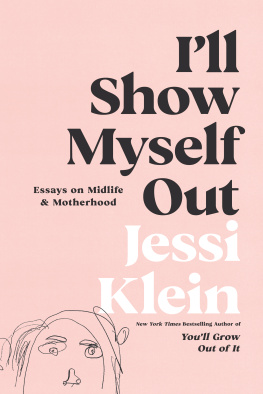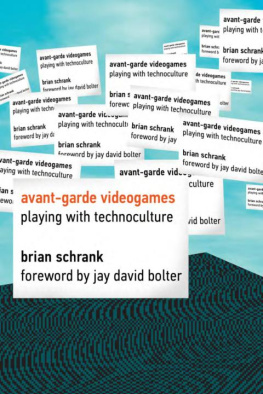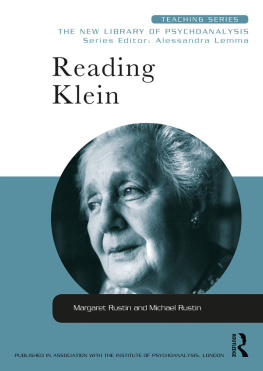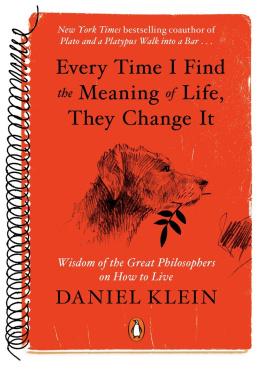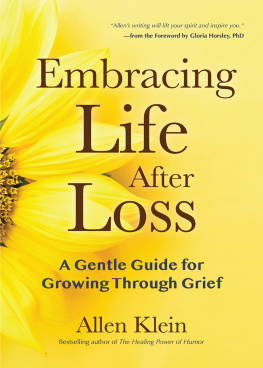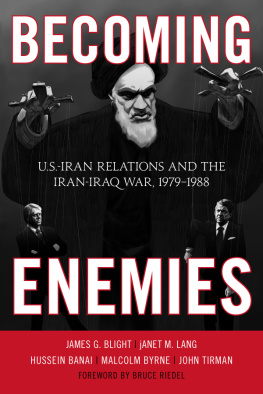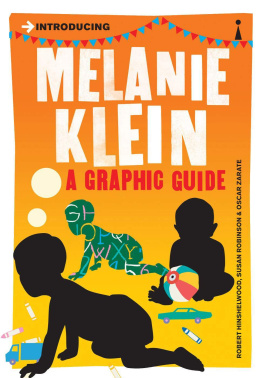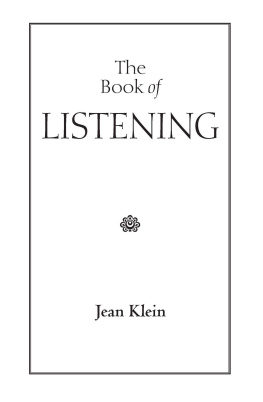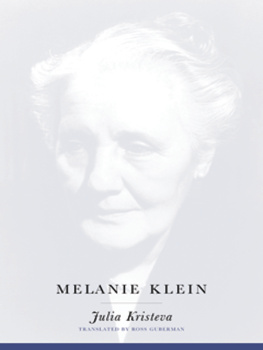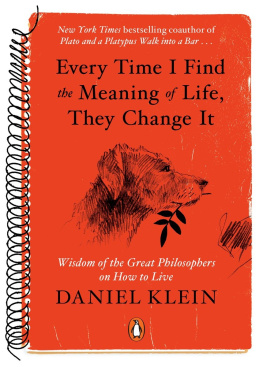Yves Klein

Titles in the series Critical Lives present the work of leading cultural figures of the modern period. Each book explores the life of the artist, writer, philosopher or architect in question and relates it to their major works.
In the same series
Georges Bataille Stuart Kendall Charles Baudelaire Rosemary Lloyd Simone de Beauvoir Ursula Tidd Samuel Beckett Andrew Gibson Walter Benjamin Esther Leslie John Berger Andy Merrifield Jorge Luis Borges Jason Wilson Constantin Brancusi Sanda Miller Bertolt Brecht Philip Glahn Charles Bukowski David Stephen Calonne William S. Burroughs Phil Baker John Cage Rob Haskins Fidel Castro Nick Caistor Coco Chanel Linda Simon Noam Chomsky Wolfgang B. Sperlich Jean Cocteau James S. Williams Salvador Dal Mary Ann Caws Guy Debord Andy Merrifield Claude Debussy David J. Code Fyodr Dostoevsky Robert Bird Marcel Duchamp Caroline Cros Sergei Eisenstein Mike OMahony Michel Foucault David Macey Mahatma Gandhi Douglas Allen Jean Genet Stephen Barber Allen Ginsberg Steve Finbow Derek Jarman Michael Charlesworth Alfred Jarry Jill Fell James Joyce Andrew Gibson Carl Jung Paul Bishop Franz Kafka Sander L. Gilman Frida Kahlo Gannit Ankori Yves Klein Nuit Banai Lenin Lars T. Lih Stphane Mallarm Roger Pearson Gabriel Garca Mrquez Stephen M. Hart Karl Marx Paul Thomas Eadweard Muybridge Marta Braun Vladimir Nabokov Barbara Wyllie Pablo Neruda Dominic Moran Octavio Paz Nick Caistor Pablo Picasso Mary Ann Caws Edgar Allan Poe Kevin J. Hayes Ezra Pound Alec Marsh Marcel Proust Adam Watt Jean-Paul Sartre Andrew Leak Erik Satie Mary E. Davis Arthur Schopenhauer Peter B. Lewis Susan Sontag Jerome Boyd Maunsell Gertrude Stein Lucy Daniel Richard Wagner Raymond Furness Simone Weil Palle Yourgrau Ludwig Wittgenstein Edward Kanterian Frank Lloyd Wright Robert McCarter
Yves Klein
Nuit Banai
REAKTION BOOKS
For Nili Banai
Published by Reaktion Books Ltd
33 Great Sutton Street
London EC1V 0DX, UK
www.reaktionbooks.co.uk
First published 2014
Copyright Nuit Banai 2014
All rights reserved
No part of this publication may be reproduced, stored in a retrieval system, or transmitted, in any form or by any means, electronic, mechanical, photocopying, recording or otherwise, without the prior permission of the publishers
Page references in the Photo Acknowledgements and
Index match the printed edition of this book.
Printed and bound in Great Britain by Bell & Bain, Glasgow
A catalogue record for this book is available from the British Library
eISBN: 9781780233338
Contents
Introduction: Klein the Paradox
My paintings represent poetic events or rather immobile witnesses, silent and static witnesses of the very essence of movement and of free life, which is the flame of poetry during the pictorial moment! My paintings are the ashes of my art.
A painter must paint a single masterpiece, constantly: himself, and thus become a sort of atomic battery, a sort of constantly radiating generator that impregnates the atmosphere with his pictorial presence fixed in space after its passage.
In May 1962, in a slightly a perverse and somewhat Dadaesque sequence of events, the Catalan artist Joan Mir confused Yves Klein with the American Abstract Expressionist Franz Kline and sent his young bride, Rotraut, a letter of condolence on the occasion of his death. Kline passed away in New York City on 13 May, leaving Klein the tragicomic task of responding to Mirs missive on 2 June with the reassurance that he was still really alive. Only four days later, at the age of 34, the French enfant terrible unexpectedly died of a heart attack at his apartment on the rue Campagne-Premire in Paris, leaving many wondering if this was not his most mordant performance yet.
Considering the many provocations that propelled his spectacular career, it would not have been implausible to imagine that Klein, the only son of the painters Marie Josphine Raymond and Friedrich Franz Albert Klein, staged his own death. For one, hehad claimed to have invented the monochrome, which had emerged more than 40 years earlier in the context of the Russian avant-garde and was independently resurrected after the Second World War by artists such as Claude Bellegarde and Ellsworth Kelly in France, Robert Rauschenberg and Ad Reinhardt in the United States, and Lucio Fontana and Piero Manzoni in Italy. Then there was the infamous Epoca Blu exhibition at the Galleria Apollinaire in Milan in 1957, at which Klein displayed eleven identical blue monochromes that he allegedly sold at different prices. The following year Klein scandalized the public by presenting an empty, whitewashed room devoid of traditional art objects, which he baptized The Void, at the Galerie Iris Clert in Paris. His notoriety as a hoaxster was sealed with Leap into the Void of 1960, the staged, photographic composite of the immaculately tailored artist suspended in a gravity-defying vault. Further aggravating public tastes, in 1960 Klein presented a performance known as the Anthropometries at one of Pariss ritziest venues, the Galerie Internationale dArt Contemporain. Dressed in a dinner suit and accompanied by musicians performing his one-note monotone symphony, the artist gave precise instructions to nude female models covered in his signature blue paint who writhed sensually on the floor and left abstract painterly marks in their stead. With such a colourful history, one might have easily suspected that Kleins sudden demise was just another flagrant abuse of the norms of bourgeois propriety for the sake of publicity.
The incredulity that accompanied Kleins passing is symptomatic of his life. Going hand in hand, his brash posturing and resolute exaltation of exasperating and utterly conscious artificiality shaped his contemporaneous reception and continued to affect his posthumous assessment.collaborate with one another? How could he rightfully sell immaterial zones of pictorial sensibility for a kilogram of gold? And how could he become a knight in the conservative Order of St Sebastian and claim to be an avant-garde artist? To make sense of Kleins short but prodigious output, the paradoxical elements that constituted his art and life have, for the most part, been parsed, compressed and diverted into specific terrains of study as if keeping them isolated would somehow provide clarity.
During Kleins lifetime, his chief supporter, the art critic Pierre Restany, designated him the most important figure among the Nouveaux Ralistes (New Realists), a short-lived neo-Dada movement founded by Restany and nine emerging artists on 27 October 1960 in Kleins apartment. To make his case for Nouveau Ralismes mission of engendering new perceptual approaches to the real, Restany stressed the spiritual and mystical dimensions of Kleins work, to which he allocated utopian possibilities within Frances post-war economic boom. Their symbiotic relationship helped launch both artist and critic and it is as hard to imagine Kleins ascent to international renown without the prose of Restany as it is to imagine Restanys emergence as the voice of his generation without Kleins work. While Restanys support eventually extended to other artists and architects in Europe and the United States, Klein was his first unequivocal

